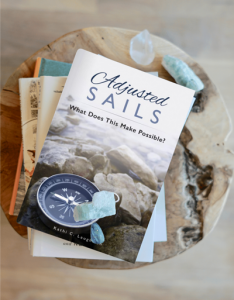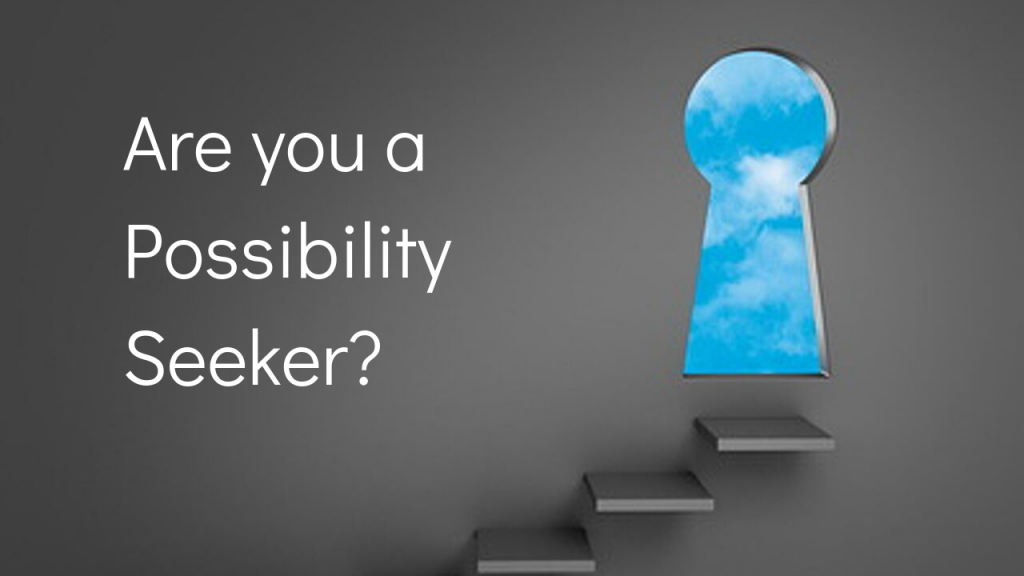
Cavafy’s “Ithaca” remains one of my most beloved poems.
So, of course it came to mind last week while on a writer’s retreat when the discussion turned to poetry.
One of my favorite ways to experience the poem is by watching a stunning video that has a beautiful score by Vangelis. The poem is read by Sean Connery.
I invite you to experience it as well.
While there are many interpretations of this work, its essence is that the journey and the destination both matter. The beliefs we take with us on the journey about our destination will determine much about the experience. And the depth to which we experience the journey will only serve to help us better understand the real value of our destination once we arrive.
I have found success works like this. We each define what success means to us and set out on our journey to reach it. By the time we arrive, it will have changed because we will have changed from the journey and gained new understandings.
As Jim Rohn taught, more important than the goal itself is the person we must become to attain it. That is the essence and story of Ithaca for me. It’s a reminder to choose our destinations carefully and then travel well.
ITHACA [1910, 1911]
As you set out for Ithaca, hope that your journey is a long one, full of adventure, full of discovery. Laestrygonians and Cyclops, angry Poseidon-don’t be afraid of them: you’ll never find things like that on your way as long as you keep your thoughts raised high, as long as a rare sensation touches your spirit and your body. Laestrygonians and Cyclops, wild Poseidon-you won’t encounter them unless you bring them along inside your soul; unless your soul sets them up in front of you.
Hope that your journey is a long one. May there be many summer mornings when, with what pleasure, what joy, you come into harbors you’re seeing for the first time; may you stop at Phoenician trading stations to buy fine things, mother of pearl and coral, amber and ebony, sensual perfume of every kind- as many sensual perfumes as you can; and may you visit many Egyptian cities to learn and learn again from those who know.
Keep Ithaca always in your mind. Arriving there is what you’re destined for. But don’t hurry the journey at all. Better if it lasts for years, so that you’re old by the time you reach the island, wealthy with all you’ve gained on the way, not expecting Ithaca to make you rich. Ithaca gave you the marvelous journey. Without her you would have not set out. She has nothing left to give you now.
And if you find her poor, Ithaca won’t have fooled you. Wise as you will have become, so full of experience, you’ll have understood by then what these Ithacas mean.





 Work-Life balance is something we hear about, even talk about, but it would seem we rarely achieve. A popular belief is that we can proportion ourselves out in some measured way across all the demands of our life and work. That hasn’t been successful in my experience. It just doesn’t match reality for most of us.
Work-Life balance is something we hear about, even talk about, but it would seem we rarely achieve. A popular belief is that we can proportion ourselves out in some measured way across all the demands of our life and work. That hasn’t been successful in my experience. It just doesn’t match reality for most of us. Have you ever noticed that accomplished people seem to have an uncanny ability to adapt and adjust in just the right places at just the right time? They seem to fluidly keep on keeping on without losing a step.
Have you ever noticed that accomplished people seem to have an uncanny ability to adapt and adjust in just the right places at just the right time? They seem to fluidly keep on keeping on without losing a step. The value of any disruptive change is whatever we choose it to be.
The value of any disruptive change is whatever we choose it to be.


